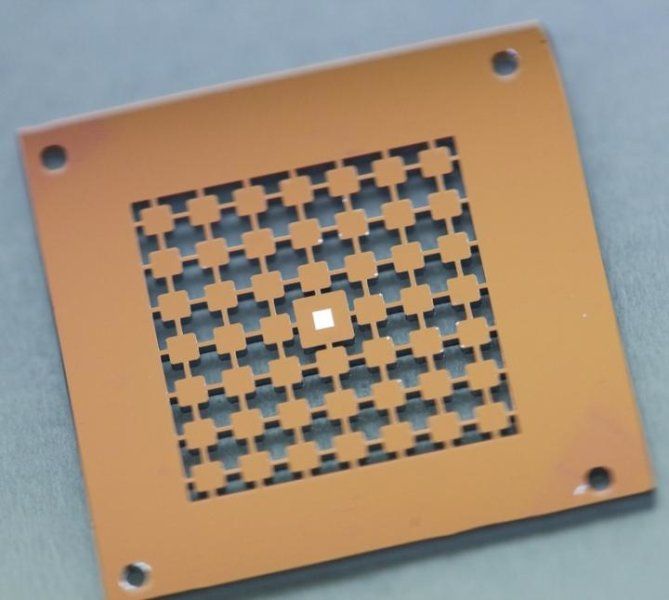Actually, I have began looking seriously into an at home robot for my home; still not where I want them to be why I began looking closer and more seriously at building my own line.
One of the coming great challenges of senior care is facilitating assisted living, according to experts. The so-called Baby Boomer generation that is now entering retirement age lives longer, expects the world from its twilight years, and insists on staying independent for as long as possible. Most Boomers don’t even think about going out quietly, withering away in homes that offer little more than warehousing. Instead, they want to stay active and engaged until the very end, and they welcome all the help they can get to achieve that goal. And when they cannot do it anymore on their own, futuristic technology like robots for personal use may just be the ticket.
If you have seen the 2012 movie “Robot & Frank,” you already had a – albeit comical – glimpse of how the future of assisted living might look like. In a nutshell, the story is about the “relationship” between an elderly gentleman (played by Frank Langella), who just retired from a lifetime career as a cat burglar, and a humanoid robot given to him by his children as a home caretaker. Of course, the film’s particular angle on robotic technology is not to be taken too seriously. But the fact is that intelligent machines are progressively affecting every aspect of life as we know it, and will do so much more in coming years.
On a recent trip to Tokyo, I had the chance to see for myself how far we have already moved in that direction. Here, robots designed for personal assistance are readily available in department stores, just like any other household appliances. Although, many of the existing models have only limited capabilities like finding information on the Internet or compiling music playlists, or even less useful features like responding with a cute smile and offering a handshake when approached, it is clear that these creatures of our own making will eventually be the ones we partner up with on countless tasks, both at work and in our homes.
Continue reading “Will Robots Be the Solution to a Growing Demand for Assisted Living?” »

















